The first lecture on "Chimera of states: from superconducting oscillators to biological neurons" by Ioanna Chitzanidi
From 14:00 until 15:30
At National University of Science and Technology MISiS, lecture hall Б-708 (7th floor)
Moscow, Leninskiy prospekt 4
Superconducting Metamaterials Laboratory / smm@misis.ru
The 1st lecture will be held on Friday, May 19 at 14:00.
The 2nd lecture will be held on May 26, exact time will be announced later.
Abstract:
We will give an introduction on synchronization and its mathematical formulation through the famous Kuramoto model of globally coupled phase oscillators. Our main focus will be on chimera states, a fascinating counter-intuitive phenomenon of partially coherent andpartially incoherent behavior. This finding is a striking manifestation of symmetry breaking, since oscillators break synchrony even when they are identical and symmetrically coupled. Chimeras were initially found in populations of Kuramoto oscillators for nonlocal coupling but their study has been extended to more complicated dynamics and coupling schemes. In this seminar, we will present recent studies on chimera states concerning two types of systems:
In Part 1, we will present a dissipative-driven system of symmetrically and locally coupled identical SQUID oscillators. In this system, the "snake-like" resonance curve of the single SQUID (Superconducting QUantum Interference Device) is the key to the formation of robust chimera states and is responsible for the extreme multistability that leads to attractor crowding at the geometrical resonance frequency. Until now, chimera states were mostly believed to exist for nonlocal coupling. Our work provides theoretical evidence that nearest neighbor interactions is indeed capable of supporting such states in a wide parameter range. SQUID metamaterials are the subject of intense experimental investigations and we are highly con fident that the complex dynamics can be con firmed in the laboratory.
In Part 2, we will consider a system of more complex topology, related to computational neuroscience. Biological neurons can be treated as nonlinear oscillators and when organized on complex networks they exhibit interesting collective behavior which can be relevant for various cognitive tasks. After giving an introduction on neuron dynamics, we will present a neural network inspired by the connectome of the C.elegans soil worm, organized into six interconnected communities, where neurons obey chaotic bursting dynamics. Neurons are assumed to be connected with electrical synapses within their communities and with chemical synapses across them. As our numerical simulations reveal, the coaction of these two types of coupling can shape the dynamics in such a way that chimera-like states can happen.




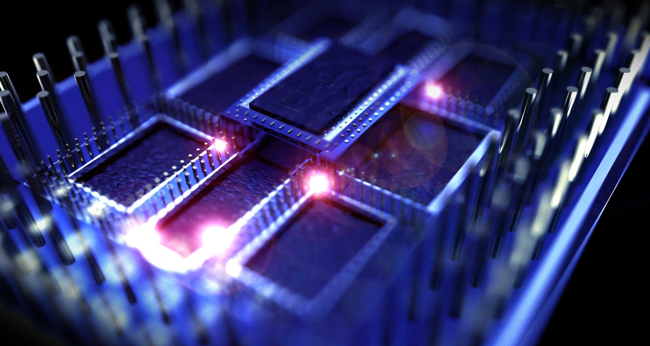
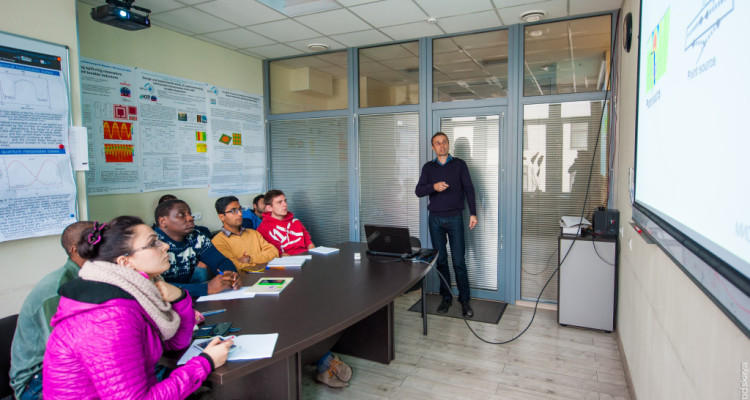
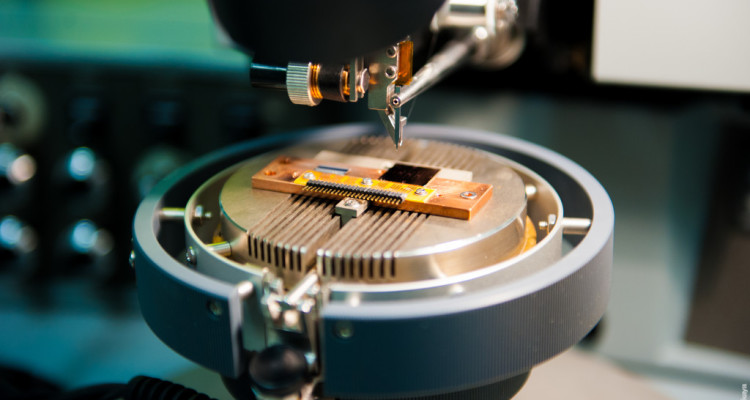
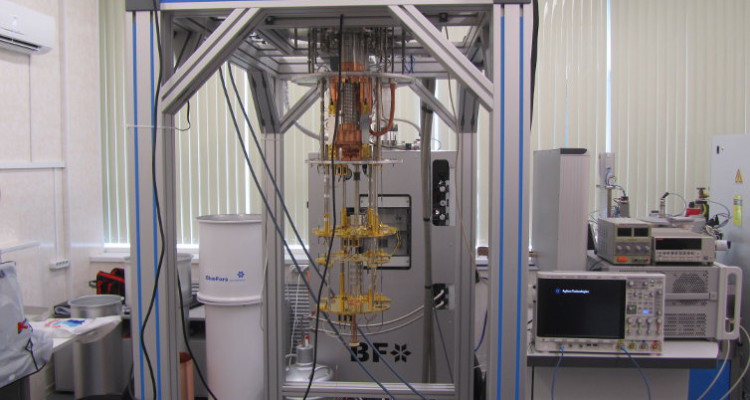
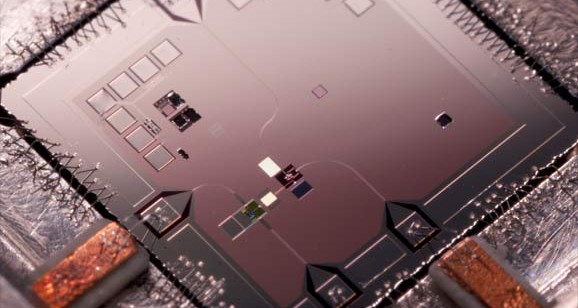
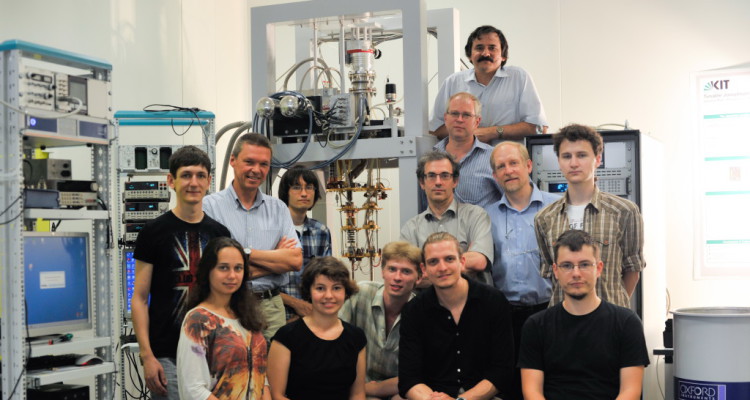
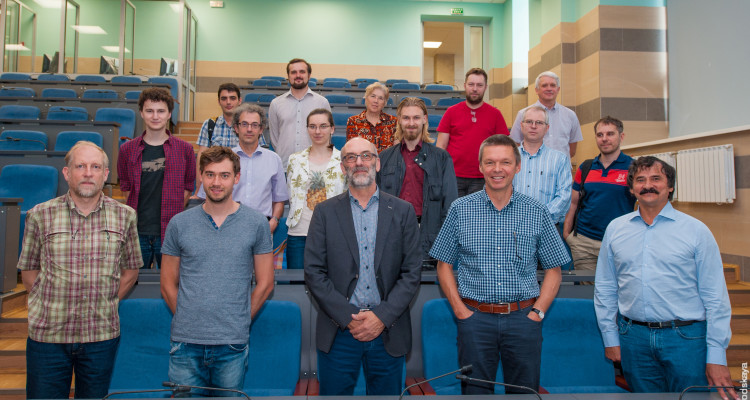
 17 May 2017
17 May 2017 